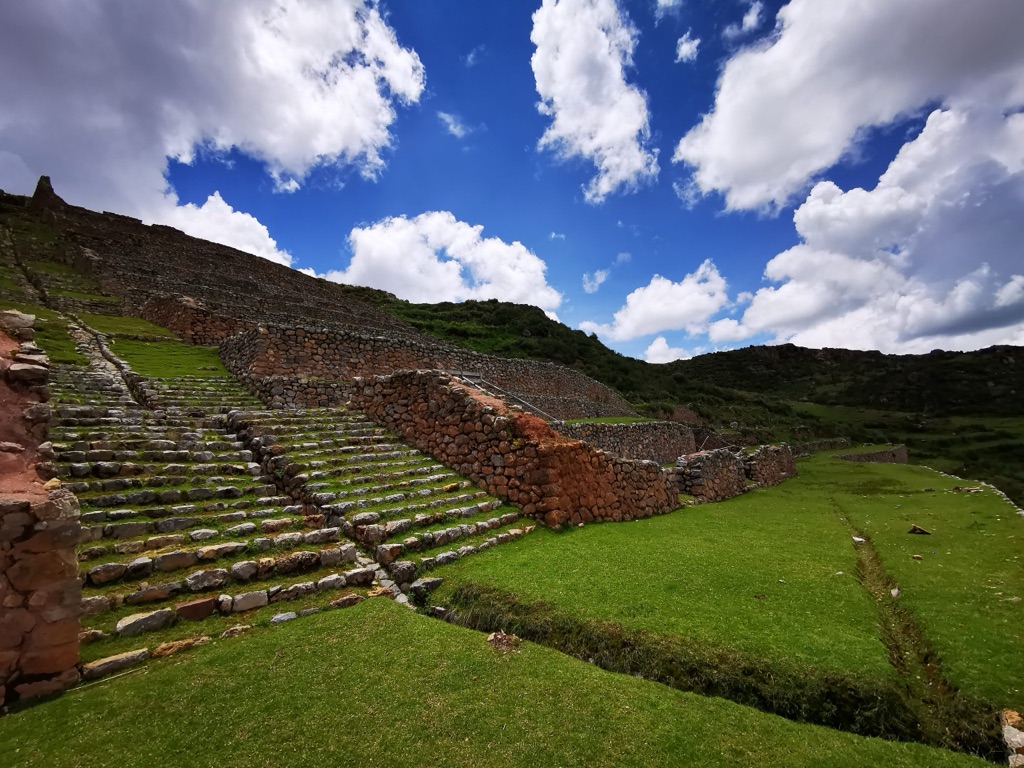Tipon is a significant archaeological site located in the southern region of Peru. This Inca ruin is known for its extensive and intricate agricultural terracing and water channels, showcasing the Inca’s advanced understanding of hydraulic engineering. It is believed to have been a royal estate, including residences, temples, and extensive agricultural lands. The area offers a fascinating insight into the life and technologies of the Inca civilization.
The Inca Empire
Incan Historical Sites and Ruins
Incan Mythology
| Viracocha: The Inca Creator God |
| Inti: The Inca sun god |
| Illapa: The Inca God of Thunder |
Inca Artifacts
| Incan Quipu |
|
Sapa Inca Royal Mummies
|
| Tumi |
| Kero |
Historical Figures
| Pachacuti Inca Yupanqui |
| Túpac Inca Yupanqui |
| Huayna Capac |
| Atahualpa |
| Manco Inca Yupanqui |
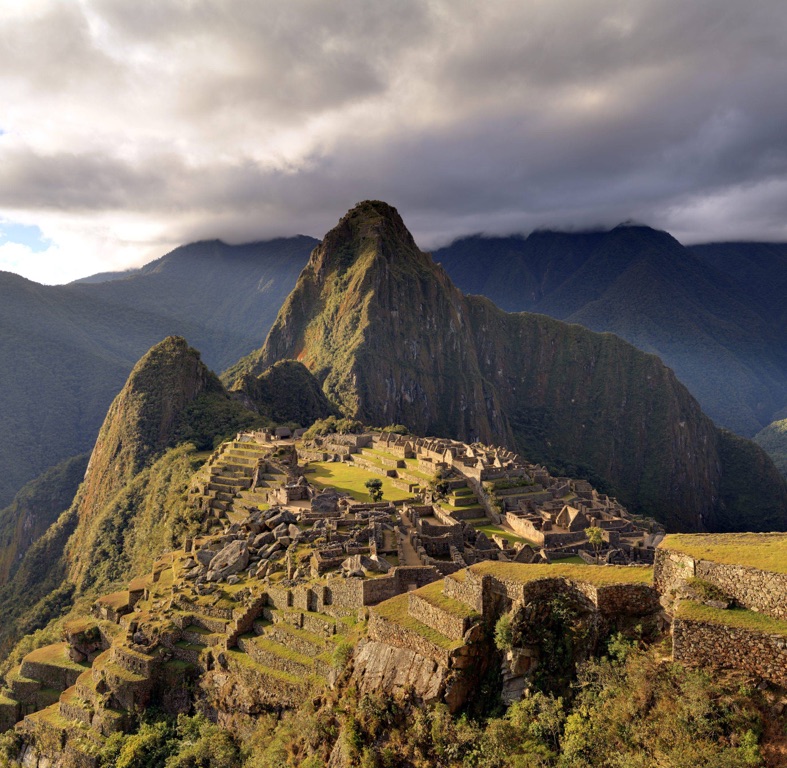
The Ancient Inca History 101
The Inca Empire, also known as Tawantinsuyu, was the largest empire in pre-Columbian America. The administrative, political, and military center of the empire was located in Cusco, in modern-day Peru. The Inca civilization arose from the highlands of Peru sometime in the early 13th century. However, its last stronghold was conquered by the Spanish in 1572. The Inca were known for their unique architecture, complex agricultural techniques, and a societal structure that was both sophisticated and diverse.

Maps of Ancient Civilizations and Empires
Ancient civilization maps provide us with a fascinating glimpse into the past, revealing how our ancestors perceived their world and its geography. These historical treasures serve as an invaluable tool for understanding various aspects of ancient cultures, including trade routes, political boundaries, agricultural practices and even religious beliefs.
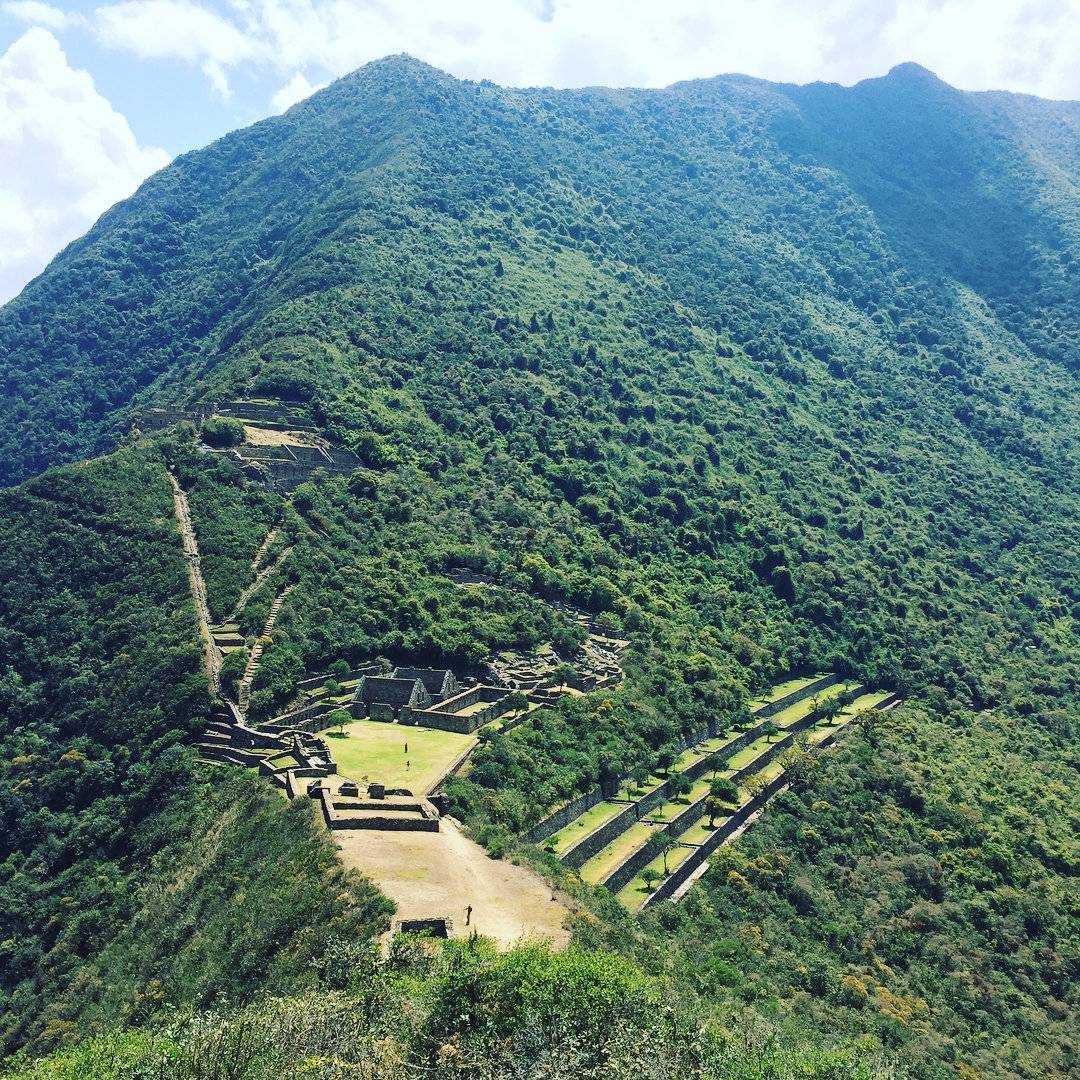
Choquequirao
Choquequirao, often referred to as the ‘sister city’ of Machu Picchu, is a hidden gem nestled in the Peruvian Andes. This ancient Incan city is shrouded in mystery, its origins and purpose still largely unknown. Unlike its famous counterpart, Choquequirao remains largely unexplored, its remote location and challenging terrain making it a less accessible but equally fascinating destination for history enthusiasts and adventurous travelers alike.
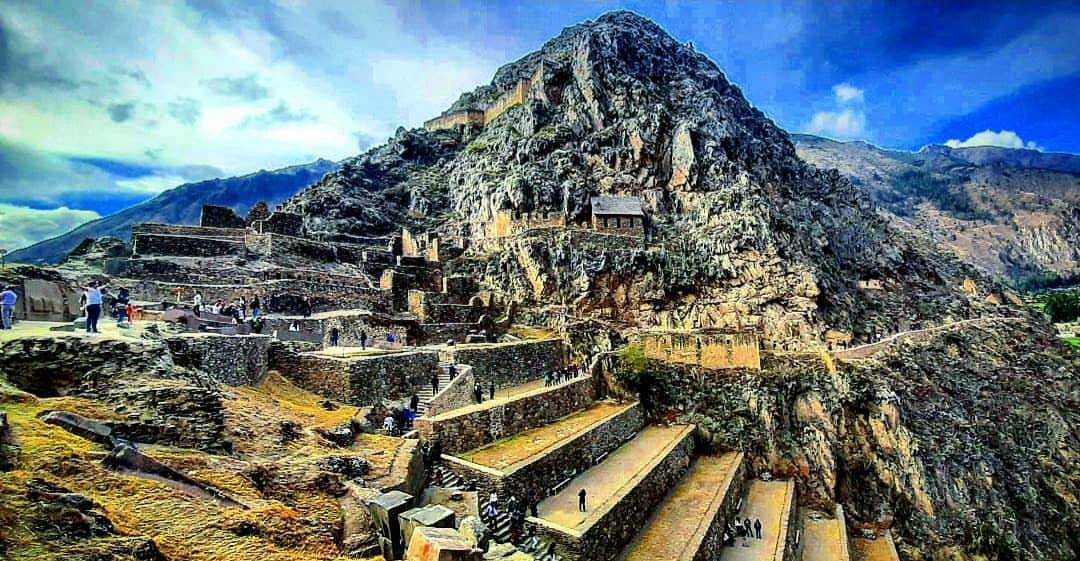
Ollantaytambo
Ollantaytambo, often referred to as ‘Ollanta’, is a town and an Inca archaeological site in southern Peru. This historic gem, nestled in the Sacred Valley of the Incas, is approximately 60 kilometers northwest of the city of Cusco. It’s one of the most monumental architectural complexes of the ancient Inca Empire, often considered a living museum. Ollantaytambo is famed for its terraces, intricate stone constructions, and the Sun Temple.
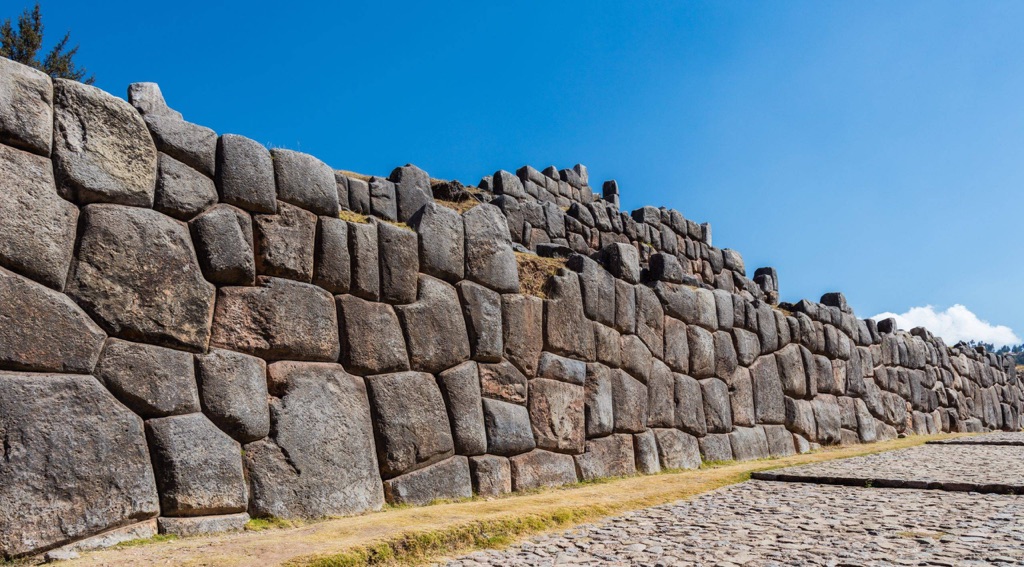
Sacsayhuaman
Sacsayhuaman, a citadel on the northern outskirts of the city of Cusco, Peru, the historic capital of the Inca Empire, is a marvel of ancient architecture and engineering. This UNESCO World Heritage site, with its massive, intricately fitted walls, offers a breathtaking view of the city and stands as a testament to the architectural prowess of the Inca civilization.

